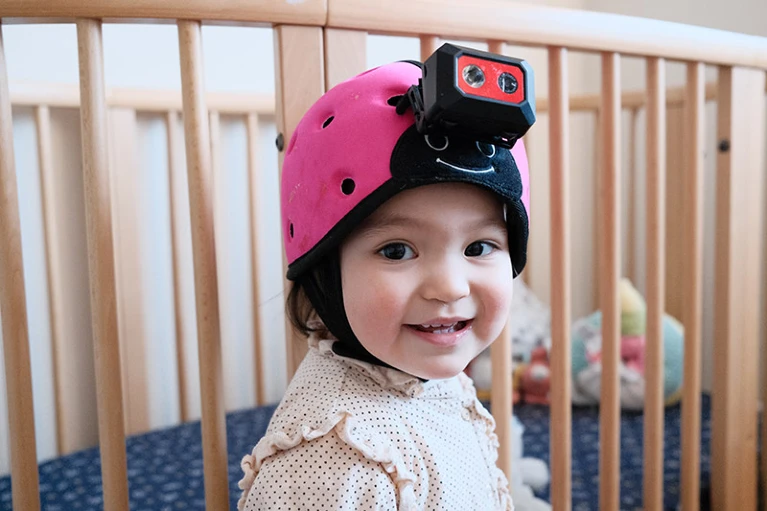From a quick look it seems HWinfo64 is a commercial product with a "free for personal use" tier. However this does not really alter the argument, and the same could have been said about linux. In both cases if micro$oft took the code and incorporated it into windows then that would be copyright breach in much the same way as this is, would be illegal (or at least create a civil tort) and I would not like it if they did it with my IP.This line of thinking leads to the only possible place - the world of micro transactions and monetisation on every step of the way, until big papa Microsoft bleeds you dry. Micro thefts, you say. Consider the opposite, the world of open source and an exemplary program HWinfo64. I use it, NASA uses it, millions of people across the world use it, because it is a top program for sensor diagnostics (in PC, in a space ship, anywhere you have sensors). And it's freeware. It has been "constructed" by the collective participations of millions of people, and that is the primary reason this program is so good. No one has the incentive or the means to dissect it and profit from various parts of it. That's the second reason.
I am pretty anti intellectual property generally, but if we are going to have these laws then MS of all entities should be expected to follow them and should be hurt by the legal system if they do not.
It is possible that some news reporting will move to the non-professional sphere. That is very different from allowing copyright breach of journalist's work should today be legalised. We are not giving up our copyright by posting here, and even when we give up more rights (eg. on stackexchange all posts are CC-BY-SA) then there are still requirements on those who produce derivative woks.Maybe the journalist's profession is just dying? Maybe we don't need profit-motivated, ideologically-charged talking heads telling us both what they think is going on and what we should be thinking about it. Perhaps general public can be journalists. We can share daily events through a medium, like we do here, on CFC. Then discuss and temper our interpretations & ideas against the collective will of other participants. Photo cameras and satellites and video devices are our aids. We can deliver those news ourselves with help of modern tech, semi-automatically. Together with stellar programming & AI that can help us formulate those news better for general digestion. Open source?







